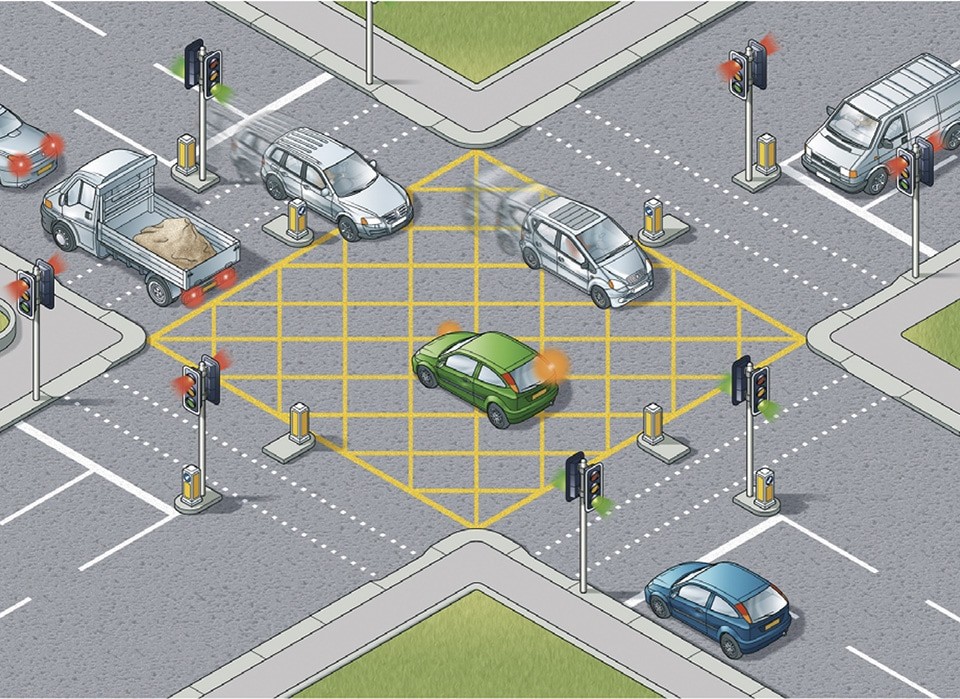
Traffic Lights Driving You Mad? Maybe There's a Better Way...
The traffic lights at a four way crossing were down again last week, and it was...
INCREDIBLE!
I no longer had to wait around for minutes at a time at a junction for the lights to cycle an endless number of ways (it feels endless when it's one after another) before I received that magic green light and I collect my £200 and proceed past GO!
No this time was different, as a result of the lights being out, and no temporary lights being there also, I never had to stop once, which actually saved me a few minutes on my morning and evening commutes - which adds up, considering the amount of traffic light stops you make on your average journey!
Then it hit me - no there was no accident.. What if traffic lights weren't there?
I started researching studies regarding the removal of traffic lights and the effects on traffic, and the results are astounding, take these few quotes from the IEA Seeing Red document:
"Not only is a high proportion of traffic regulation detrimental to road safety, the economy and the environment, it also imposes huge costs on road-users, taxpayers and communities."
"The importance of the road network means the cumulative effect of these measures imposes an enormous burden on the UK economy. Just a two-minute delay to every car trip equates to a loss of approximately £16 billion a year."
There are multiple studies which all point towards the same overall conclusion, that by the removal of traffic lights, and replacement of them with other means (roundabouts, zebra crossings etc.) there is an improvement in road safety and efficiency.
And if you think about it, there are a whole host of benefits:
- Eased congestion;
- Improved traffic flow;
- Reduced fuel consumption;
- More positive behaviour by road users;
- Improved air quality;
- Cost saving on not having to upgrade or refurbish traffic light systems;
- Cost saving on not needing temporary light systems;
Take the shared space approach which I found on bigthink.com, which describes the work of Hans Monderman, a Dutch traffic engineer famed for improvements to road design & planning through introducing uncertainty on roads.
I'll explain.
Monderman conducted an experiment by replacing the busiest traffic junction he could find with various traffic management systems, and the results were astounding to read.
"In the two years following . . . the number of accidents plummeted to only two, compared with thirty-six crashes in the four years prior. Traffic moves more briskly through the intersection when all drivers know they must be alert and use their common sense, while backups and the road rage associated with them have virtually disappeared. "
Not convinced? Take a look at the junction in question, the Drachten intersection.
That's what it's all about, road users and pedestrians using their common sense and sociability to self prioritise traffic and improve the standard of road safety and efficiency.
Think about it next time you come to a set of traffic lights, what would my journey be like without these, how much quicker would it be, how much more efficient would it be, because ultimately you'd use less fuel, reduce air pollution from sitting waiting at red lights (for those of us without Start/Stop technology) and you'd feel better about your journey, and let's face it there's nothing worse than getting stuck at red light after red light for your entire journey!
I'll leave you with a final quote from Monderman on what these systems encourage.
"Essentially, what it means is a transfer of power and responsibility from the state to the individual and the community"